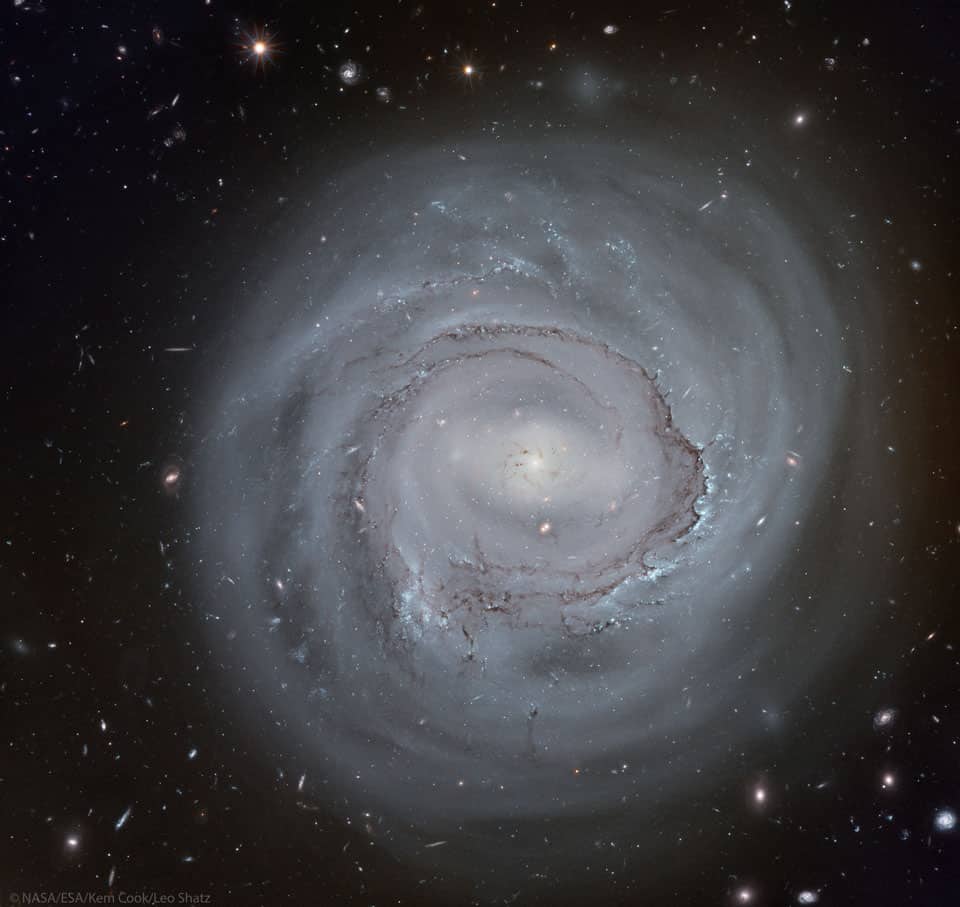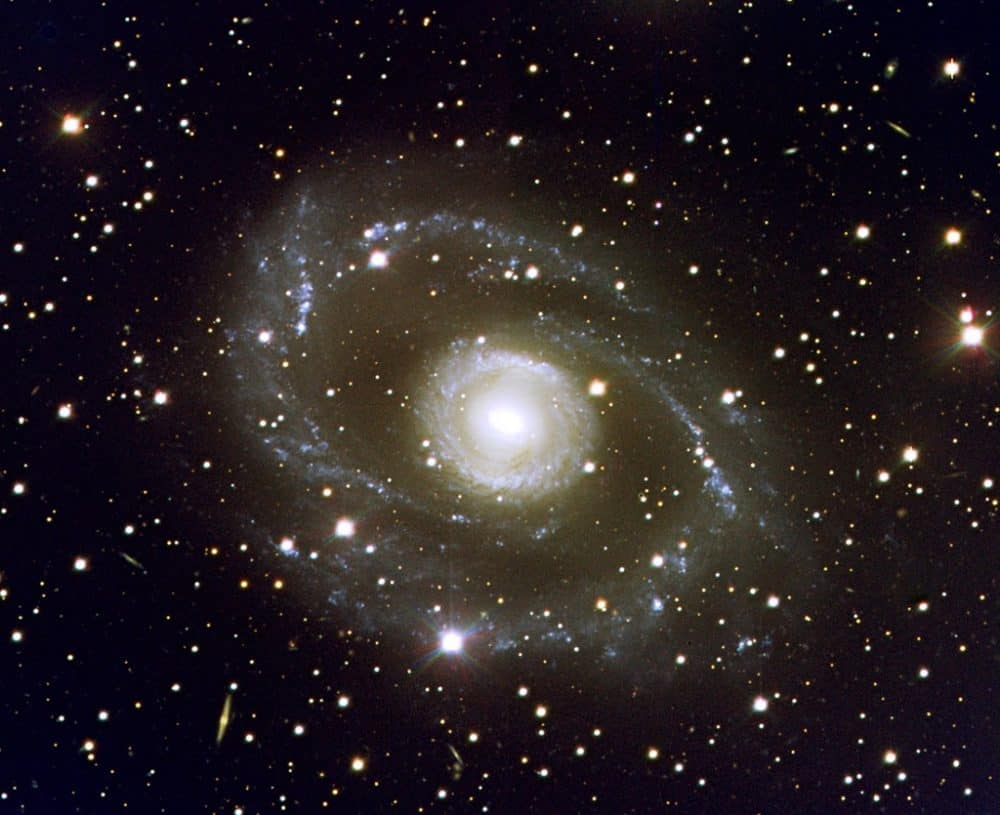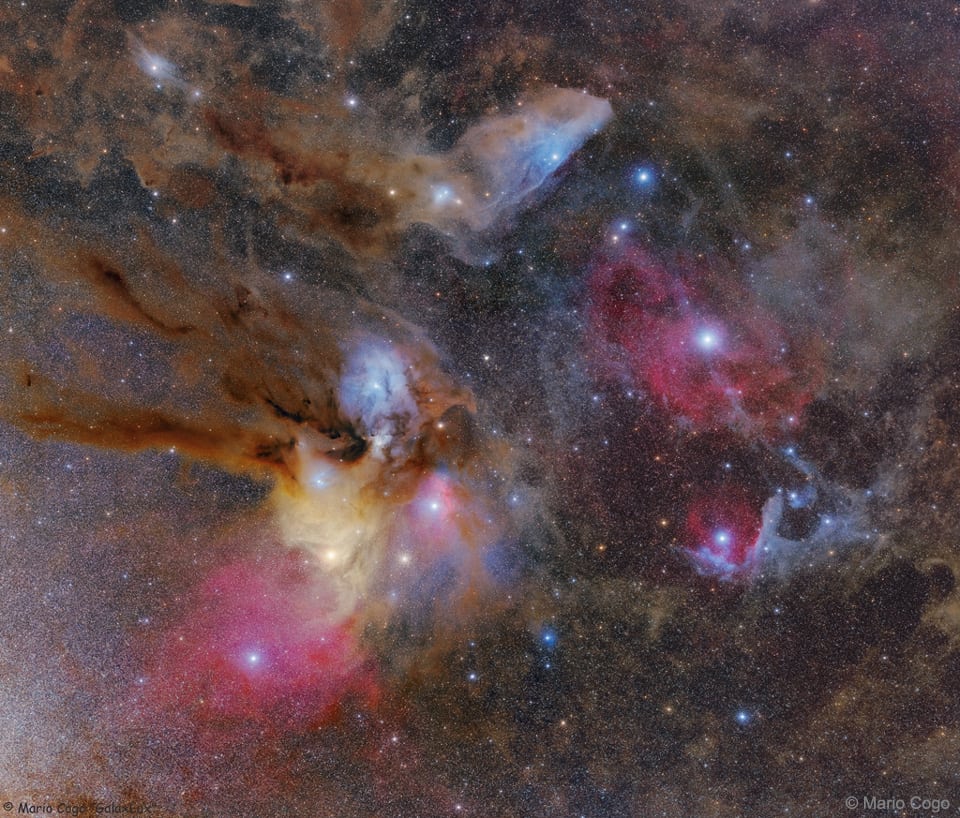Blog
William Emanuel Cobham Jr. (born May 16, 1944) is a Panamanian-American jazz drummer who came to prominence in the late 1960s and early 1970s with trumpeter Miles Davis and then with the Mahavishnu Orchestra. According to AllMusic‘s reviewer, Cobham is “generally acclaimed as fusion’s greatest drummer”.
He was inducted into the Modern Drummer Hall of Fame in 1987 and the Classic Drummer Hall of Fame in 2013.
Born in Colón, Panama, Cobham moved with his family to Brooklyn, New York, when he was three. His father worked as a hospital statistician during the week and played piano on weekends. Cobham started on drums at age four and joined his father four years later. When he was fourteen, he got his first drum kit as a gift after being accepted to The High School of Music & Art in New York City. He was drafted in 1965, and for the next three years he played with a U.S. Army band.
After his discharge, he became a member of Horace Silver‘s quintet. He played an early model electric drum kit given to him by Tama Drums. He was a house drummer for Atlantic Recordsand a session musician for CTI and Kudu, appearing on the albums White Rabbit by George Benson, Sunflower by Milt Jackson, and Soul Box by Grover Washington Jr.
Cobham started the jazz rock group Dreams with Michael Brecker, Randy Brecker, and John Abercrombie.[1] He moved further into jazz fusion when he toured with Miles Davis and recorded Davis’s albums Bitches Brew and A Tribute to Jack Johnson. In 1971, he and guitarist John McLaughlin left Davis to start the Mahavishnu Orchestra, another group that fused rock, funk, and jazz.[4] Cobham toured extensively from 1971 to 1973 with the Mahavishnu Orchestra, which released two studio albums, The Inner Mounting Flame (1971) and Birds of Fire (1973), and one live album, Between Nothingness & Eternity (1973). The studio versions of songs on the live album were released on The Lost Trident Sessions (1999).
https://www.youtube.com/watch?v=k8hIqIGSY54
more...Robert Fripp (born 16 May 1946) is an English guitarist, composer and record producer. As a guitarist for the progressive rock band King Crimson, Fripp has been the only member to have played in all of King Crimson’s line-ups from their inception in the late 1960s to the present. He has also worked extensively as a studio musician, notably with David Bowie on the albums “Heroes” and Scary Monsters (and Super Creeps), Brian Eno, David Sylvian and contributed sounds to the Windows Vista operating system.His complete discography lists more than seven hundred releases over five decades.
He is ranked 62nd on Rolling Stone magazine’s 2011 list of the 100 Greatest Guitarists of All Time after having been ranked by David Fricke 42nd on its 2003 list. Tied with Andrés Segovia, he also is ranked 47th on Gibson’s Top 50 guitarists of all time.
His compositions often feature unusual time signatures, which have been influenced by classical and folk traditions. His innovations include Frippertronics, soundscapes, and new standard tuning.
more...Betty Carter (born Lillie Mae Jones; May 16, 1930 – September 26, 1998) was an American jazz singer known for her improvisational technique, scatting and other complex musical abilities that demonstrated her vocal talent and imaginative interpretation of lyrics and melodies. Vocalist Carmen McRae once remarked: “There’s really only one jazz singer—only one: Betty Carter.”
Carter was born in Flint, Michigan, and grew up in Detroit, where her father, James Jones, was the musical director of a Detroit church and her mother, Bessie, was a housewife. As a child, Carter was raised to be extremely independent and to not expect nurturing from her family.
Even at a young age, Carter was able to bring a new vocal style to jazz. The breathiness of her voice was a characteristic seldom heard before her appearance on the music scene. She also was well known for her passion for scat singing and her strong belief that the throwaway attitude that most jazz musicians approached it with was inappropriate and wasteful due to its spontaneity and basic inventiveness, seldom seen elsewhere.
Detroit, where Carter grew up, was a hotbed of jazz growth. After signing with a talent agent after her win at amateur night, Carter had opportunities to perform with famous jazz artists such as Dizzy Gillespie, who visited Detroit for an extensive amount of time. Gillespie is often considered responsible for her strong passion for scatting. In earlier recordings, it is apparent that her scatting had similarities to the qualities of Gillespie’s.
At the time of Gillespie’s visit, Charlie Parker was receiving treatment in a psychiatric hospital, delaying her encounter with him. However, Carter eventually performed with Parker, as well as with his band consisting of Tommy Potter, Max Roach, and Miles Davis. After receiving praise from both Gillespie and Parker for her vocal prowess, Carter felt a strong burst in confidence and knew that she could make it in the business with perseverance.
Carter was right. In 1948, Carter was asked by Lionel Hampton to join his band. She finally had her big break. Working with Hampton’s group gave her the chance to be bandmates with artists such as Charles Mingus and Wes Montgomery, as well as with Ernest Harold “Benny” Bailey, who had recently vacated Gillespie’s band and Albert Thornton “Al” Grey who would later go on to join Gillespie’s band. Hampton obviously had an ear for talent and a love for bebop.
https://www.youtube.com/watch?v=Wi2II6fC6PQ
more...Let’s go Viral! It’s on YouTube now at 35:40 or the last 8 minutes approx.
https://youtu.be/dbD74u63v_0?fbclid=IwAR3TmLdWqsWUp4sQ9M3E5lqYw4Gt9PeyyMBi2YW-zyseepjeQdE5BLH1uNc
more...Although presently estimated to be about 300 million light years distant, a more precise determination could be coupled with its known recession speed to help humanity better calibrate the expansion rate of the entire visible universe. Toward this goal, several images were taken by the Hubble Space Telescope in order to help identify key stellar distance markers known as Cepheid variable stars. Since NGC 4921 is a member of the Coma Cluster of Galaxies, refining its distance would also allow a better distance determination to one of the largest nearby clusters in the local universe. The magnificent spiral NGC 4921 has been informally dubbed anemic because of its low rate of star formation and low surface brightness. Visible in the featured image are, from the center, a bright nucleus, a bright central bar, a prominent ring of dark dust, blue clusters of recently formed stars, several smaller companion galaxies, unrelated galaxies in the far distant universe, and unrelated stars in our Milky Way Galaxy.
more...Brian Peter George St John le Baptiste de la Salle Eno, RDI (/ˈiːnoʊ/; born Brian Peter George Eno, 15 May 1948) is an English musician, record producer, and visual artist best known for his pioneering work in ambient music and contributions to rock, pop, electronic, and generative music. A self-described “non-musician”, Eno has helped introduce a variety of conceptual approaches and recording techniques to contemporary music, advocating a methodology of “theory over practice, serendipity over forethought, and texture over craft” according to AllMusic. He has been described as one of popular music‘s most influential and innovative figures.
Born in Suffolk, Eno studied painting and experimental music at the art school of Ipswich Civic College in the mid 1960s, and then at Winchester School of Art. He joined glam rock group Roxy Music as synthesiser player in 1971. After recording two albums with Roxy Music, he departed in 1973 to record a number of solo albums, coining the term “ambient music” to describe his work on releases such as Another Green World (1975), Discreet Music (1975), and Music for Airports (1978). He also collaborated with artists such as Robert Fripp, Cluster, Harold Budd, David Bowie on his “Berlin Trilogy“, and David Byrne, and produced albums by artists including John Cale, Jon Hassell, Laraaji, Talking Heads and Devo, and the no wave compilation No New York (1978).
Eno has continued to record solo albums and work with artists including U2, Laurie Anderson, Grace Jones, Slowdive, Coldplay, James Blake, and Damon Albarn. Dating back to his time as a student, he has also worked in media including sound installations and his mid-70s co-development of Oblique Strategies, a deck of cards featuring cryptic aphorisms intended to spur creative thinking. From the 1970s onwards, Eno’s installations have included the sails of the Sydney Opera House in 2009 and the Lovell Telescope at Jodrell Bank in 2016. An advocate of a range of humanitarian causes, Eno writes on a variety of subjects and is a founding member of the Long Now Foundation. In 2019, Eno was inducted into the Rock and Roll Hall of Fameas a member of Roxy Music.
https://www.youtube.com/watch?v=-dikWB6wm0A
more...Ellis Larkins (May 15, 1923 – September 30, 2002) was an American jazz pianist born in Baltimore, Maryland, perhaps best known for his two recordings with Ella Fitzgerald: the albums Ella Sings Gershwin (1950) and Songs in a Mellow Mood (1954).[1] He was also the leader in the first solo sides by singer Chris Connor on her album Chris (1954).
Larkins was the first African American to attend the Peabody Conservatory of Music, a well-known institute in Baltimore. He began his professional playing career in New York City after moving there to attend the Juilliard School. Following school Larkins performed jazz piano with Billy Moore and Edmond Hall. He recorded with Coleman Hawkins, Mildred Bailey, and Dicky Wells in the 1940s. In the 1950s he recorded with Ella Fitzgerald, Ruby Braff, and Beverly Kenney. His 1960s work included recordings or performances with Eartha Kitt, Joe Williams, Helen Humes, Georgia Gibbs and Harry Belafonte.
Though he was best known as an accompanist, Larkins recorded several solo albums in the 1950s. In the 1970s he performed regularly at several New York venues, including Gregory’s, a small bar on the Upper East Side.
more...ESO 269-G57 is a huge barred spiral galaxy of nearly 200,000 light-years across (almost twice as large as our Milky Way galaxy!), located some 155 million light-years away towards the southern constellation of Centaurus (the Centaur), in the center of the Centaurus cluster of galaxies. It is speeding away from us at roughly 3110 kilometers per second.
This galaxy was discovered during the ESO/Uppsala Survey of the Southern Skies in the 1970s, during which over 15,000 southern galaxies were found.
This symmetrical starburst galaxy shows us its central galactic nucleus (yellow), surrounded by an inner ring of tightly wound spiral arms. Spiralling out from this are two more diffuse spiral arms that appear to split into several branches. The spiral arms and the inner ring contain many star-forming regions (blue). ESO 269-G57 consists of about 300 billion stars and 270 billion multiple star systems.
In 1992 supernova 1992K was observed in this galaxy, south-west of its nucleus.
The data for this image were obtained with the Very Large Telescope using several filters on the ANTU and FORS1 instruments on 27 March 1999, and further processed by Henri Boffin (ESO). The image includes many foreground stars and distant background galaxies. North is up and East is to the left.
more...John Symon Asher Bruce (14 May 1943 – 25 October 2014) was a Scottish musician, singer and songwriter known primarily for his contributions to the British supergroup Cream, which also included the guitarist-singer Eric Clapton and the drummer Ginger Baker. In March 2011 Rolling Stone readers selected him as the eighth greatest bass guitarist of all time. “Most musicians would have a very hard time distinguishing themselves if they wound up in a band with Eric Clapton and Ginger Baker,” the magazine said at the time, “but Jack Bruce was so gifted on the bass that he did it with ease.”
Bruce maintained a solo career that spanned several decades and also played in several musical groups. Although recognized first and foremost as a vocalist, bassist and songwriter, he also played double bass, harmonica, piano, cello and guitar. He was trained as a classical cellist and considered himself a jazz musician, although much of his catalogue of compositions and recordings tended toward rock and blues.
more...Sidney Bechet (May 14, 1897 – May 14, 1959) was an American jazz saxophonist, clarinetist, and composer. He was one of the first important soloists in jazz, beating trumpeter Louis Armstrong to the recording studio by several months. His erratic temperament hampered his career, and not until the late 1940s did he earn wide acclaim.
Bechet was born in New Orleans in 1897 to a middle-class Creole of color family. His older brother, Leonard Victor Bechet, was a full-time dentist and a part-time trombonist and bandleader. Bechet learned several musical instruments that were kept around the house, mostly by teaching himself; he decided to specialize in the clarinet. At the age of six, he started playing with his brother’s band at a family birthday party, debuting his talents to acclaim. Later in his youth, Bechet studied with Lorenzo Tio, “Big Eye” Louis Nelson Delisle, and George Baquet.
Bechet played in many New Orleans ensembles using the improvisational techniques of the time (obbligatos with scales and arpeggios and varying the melody). He performed in parades with Freddie Keppard‘s brass band, the Olympia Orchestra, and in John Robichaux‘s dance orchestra. From 1911 to 1912, he performed with Bunk Johnson in the Eagle Band of New Orleans and in 1913–14 with King Oliver in the Olympia Band. From 1914 to 1917 he was touring and traveling, going as far north as Chicago and frequently performing with Freddie Keppard. In the spring of 1919, he traveled to New York City where he joined Will Marion Cook‘s Syncopated Orchestra. Soon after, the orchestra traveled to Europe; almost immediately upon arrival, they performed at the Royal Philharmonic Hall in London. The group was warmly received, and Bechet was especially popular. While in London, he discovered the straight soprano saxophone and developed a style unlike his clarinet tone. His saxophone sound could be described as emotional, reckless, and large. He often used a broad vibrato, similar to what was common among some New Orleans clarinetists at the time. On July 30, 1923, he began recording. The session was led by Clarence Williams, a pianist and songwriter, better known at that time for his music publishing and record producing. Bechet recorded “Wild Cat Blues” and “Kansas City Man Blues”. “Wild Cat Blues” is in a ragtime style with four 16-bar themes, and “Kansas City Man Blues” is a 12-bar blues.
more...https://www.youtube.com/watch?v=34OwiSJXBTI
more...Judge Judy & the incomparable prankster himself the mickster, airing tomorrow Tuesday May 14th 2019 coast to coast. Hold on to your Jurisprudence kids its way over the top and more! I’m shocked they are airing this one probably with edits???
S23 E199 season 23 episode 199
“Where There’s Smoke … There’s More Smoke!” NEW!
In Minneapolis its the 430pm slot, there is also a 4pm show. So apparently Judge Judy is aired twice daily on nationwide networks. Look for S23 E199 and bingo thats it! It is listed on the internet. LETS GO VIRAL! Record and post to youtube! LOL
The colorful clouds surrounding the star system Rho Ophiuchi compose one of the closest star forming regions. Rho Ophiuchi itself is a binary star system visible in the blue reflection nebula just to the left of the image center. The star system, located only 400 light years away, is distinguished by its multi-colored surroundings, which include a red emission nebula and numerous light and dark brown dust lanes. Near the lower left of the Rho Ophiuchi molecular cloud system is the yellow star Antares, while a distant but coincidently-superposed globular cluster of stars, M4, is visible just to the right of Antares. Near the image top lies IC 4592, the Blue Horsehead nebula. The blue glow that surrounds the Blue Horsehead’s eye — and other stars around the image — is a reflection nebula composed of fine dust. On the featured image right is a geometrically angled reflection nebula cataloged as Sharpless 1. Here, the bright star near the dust vortex creates the light of surrounding reflection nebula. Although most of these features are visible through a small telescope pointed toward the constellations of Ophiuchus, Scorpius, and Sagittarius, the only way to see the intricate details of the dust swirls, as featured above, is to use a long exposure camera.
more...Stevland Hardaway Morris (né Judkins; born May 13, 1950), better known by his stage name Stevie Wonder, is an American singer, songwriter, musician, record producer, and multi-instrumentalist.
A child prodigy, Wonder is considered to be one of the most critically and commercially successful musical performers of the late 20th century. He signed with Motown‘s Tamla label at the age of 11, and continued performing and recording for Motown into the 2010s. He has been blind since shortly after his birth. Among Wonder’s works are singles such as “Signed, Sealed, Delivered I’m Yours“, “Superstition“, “Sir Duke“, “You Are the Sunshine of My Life“, and “I Just Called to Say I Love You“; and albums such as Talking Book (1972), Innervisions(1973), and Songs in the Key of Life (1976). He has recorded more than 30 U.S. top-ten hits and received 25 Grammy Awards, one of the most-awarded male solo artists, and has sold more than 100 million records worldwide, making him one of the top 60 best-selling music artists.
Wonder is also noted for his work as an activist for political causes, including his 1980 campaign to make Martin Luther King Jr.‘s birthday a holiday in the United States. In 2009, Wonder was named a United Nations Messenger of Peace. In 2013, Billboard magazine released a list of the Billboard Hot 100 All-Time Top Artists to celebrate the US singles chart’s 55th anniversary, with Wonder at number six.
more...More Posts
- The Cosmos with NGC 281
- Fats Navarro Day
- Jack Costanzo Day
- Blind Melon Jefferson Day
- World Music with Ustad Saami
- Daily Roots with Creole
- Diego LaBriola Birthday
- Surviving the Pandemic and Realizing Racial Justice
- The Cosmos with M88
- Ani DiFranco Day
- Mighty Joe Young Day
- Ray Charles Day
- John Coltrane Day
- World Music with Falu & Karyshma
- Daily Roots with Black Uhuru
- Happy Autumn Equinox 2020
- Surviving the Pandemic and Realizing Racial Justice
- The Cosmos with IC 1318
- Oliver “Tuku” Mtukudzi Day
- King Sunny Adé Day




